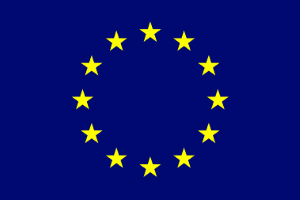Antibiotics contribute greatly to human and animal health. Given their specific biological targets, antibiotics pose a significant environmental threat by affecting organisms and ecosystem processes. Although benthic diatoms biofilms are key communities in coastal ecosystems, the consequences of antibiotic exposure remain poorly known. The objectives of this study were to investigate if the antibiotics oxytetracycline (OTC) and flumequine (FLU) have effects on antibiotic bioaccumulation, photosynthetic activity and ecological structure of diatom communities, and if this antibiotic exposure modifies the recolonization process of biofilms. In the laboratory test, diatom biofilms bioaccumulated OTC and FLU when they were exposed to different antibiotic concentrations in seawater. Analysis of photosynthetic activity with fluorescence PAM showed a modification of several parameters on higher antibiotic concentrations (1000 µg. L-1), which suggests a change in the photosynthetic features of biofilm. Diversity indexes and multivariate analysis showed significant differences in the diatom community structure due to both antibiotics. In a second experiment, the exposed biofilms to antibiotic were transferred to the field to analyze recolonization process of diatom communities. FLU showed significant changes in the community structure after a week, while OTC did not exhibited significant differences between treatments. Our results suggest that diatom biofilms could be used in the environmental monitoring to evaluate potential threats of antibiotic on coastal ecosystems.


